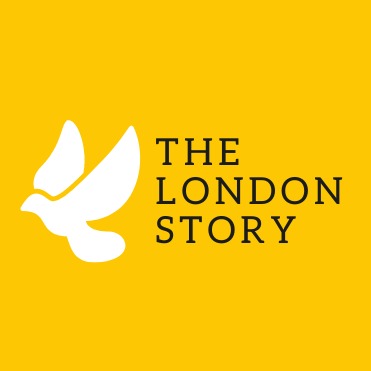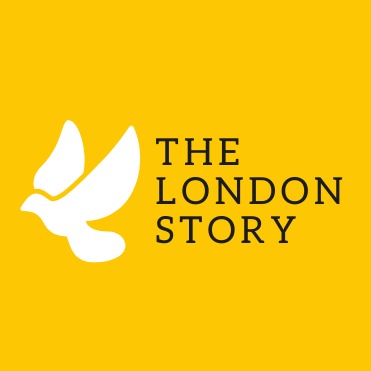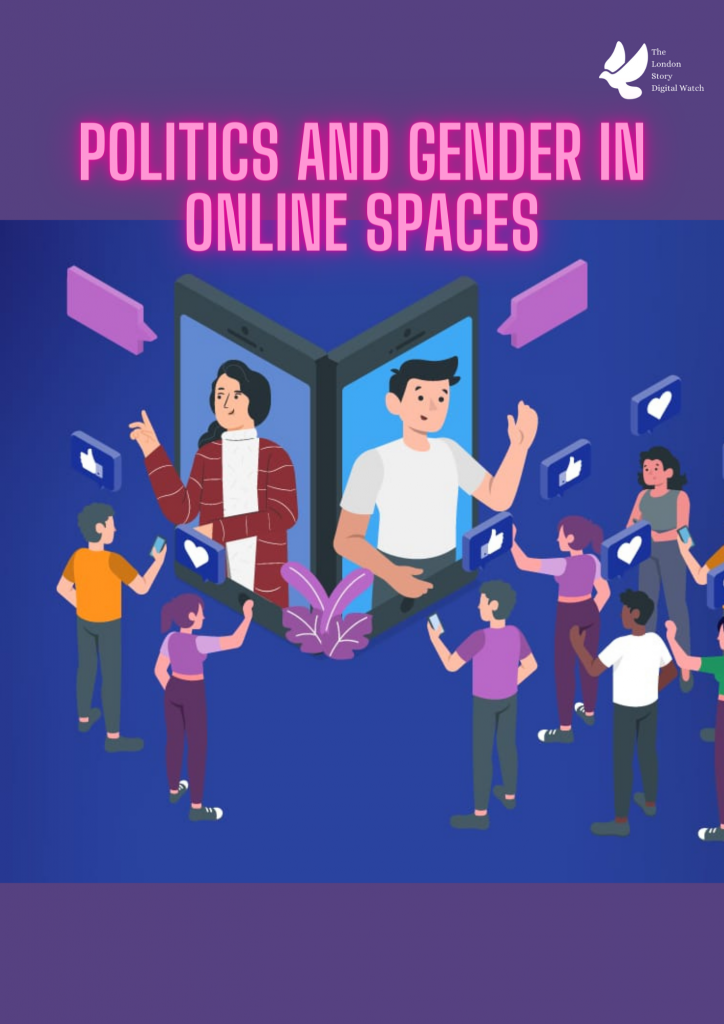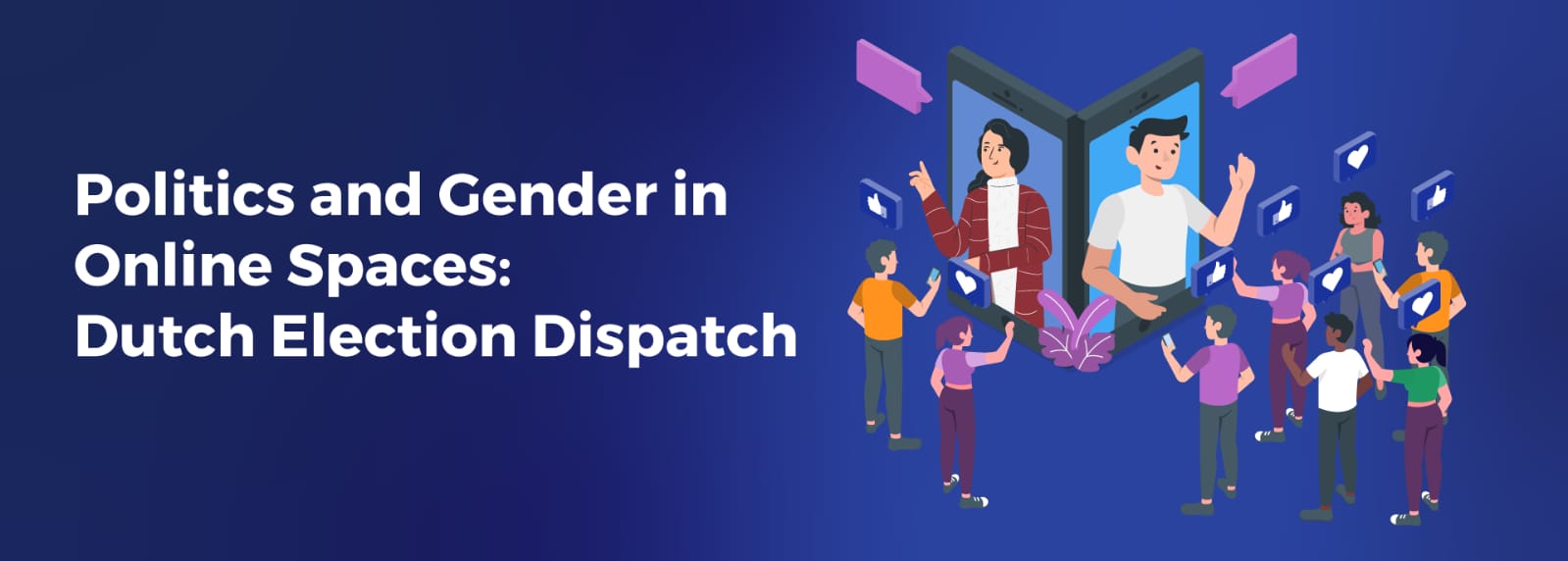
by Dr. Ritumbra Manuvie and Drs. M. v. Dorssen
In the 2021 Dutch election, coronavirus regulations have severely limited the capacity of political parties to communicate with their voters through traditional voting campaigns. The majority of the parties are relying heavily on social media to put out their messages. The top parties VVD, PVV, SP, D66, PvDA, CDA and Groen Links are regularly appearing in mainstream News debates, and smaller parties like CU, SGP, PvDd, FvD have been limited to their social media presence for putting their message out. In this blog piece, we compare how these parties and their candidates appear on Facebook, we give special focus to the presence of female candidates who are mostly represented in the left and centre-left parties in Dutch elections.
In the run-up to the elections, we manually collated the social media handles of the political parties and their candidates. There were 825 total candidates from 28 parties contesting the elections this year. We narrowed our party list to 18 parties which had a considerable presence on social media, and categorised them broadly on the ideological spectrum, from far-right to left, based on their election agenda. These 18 parties pitched 710 candidates for election, of which 642 candidates had some form of presence on either Twitter or Facebook. Twitter was seemingly a more popular platform for most parties and their candidates.
Centre right parties like VVD, CDA and CU, and left parties like GroenLinks, SP, PvDA, PvDD, Bij1 and VSN also had a considerably large number of candidates and social media presence.
On Facebook, about 1 million people followed Dutch political parties by 17th March 2021. Of all the Dutch candidates whose profiles are publicly available on Facebook, the following was only about 1.73 million. Within this limited following, one can see that the following of far-right parties and their candidates, like FvD and Geert Wilders, is much higher than that of moderate political parties and candidates.
We also see that female political leaders and parties led by them had a far less share of followers on Facebook as compared to their male counterparts.
In the list of publicly available pages, 79 pages belonged to men, while women candidates had 52 pages. Using CrowdTangle, we also grouped female and male candidates across parties and compared their posting behaviour over last 24 months from 17th March 2019 to 17th March 2021.
Accommodating for the existing parity in numbers between the total number of females and the total number of male candidates, female candidates posted 0.9 times as much as male candidates. Female candidates also posted less video messages than male candidates, and the amount of interaction received on the posts of female candidates was far less than the amount of interaction on the posts of male candidates.
Within this interaction, we noticed that positive interactions (love and like) received by the female candidates was higher, while the percent of negative interaction (Anger and Wow) received by male candidates was higher. We believe this parity was because of fear-invoking and shock-invoking messaging of male candidates, especially the far-right male candidates who had considerably large following, and therefore interactions, across Facebook.
In the next edition to this blog we will consider the political messaging of the key candidates.
